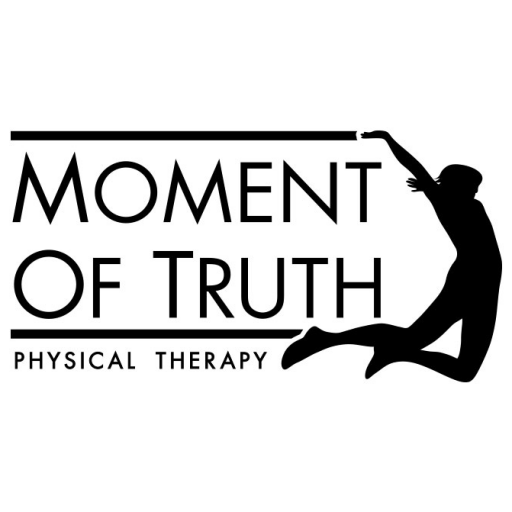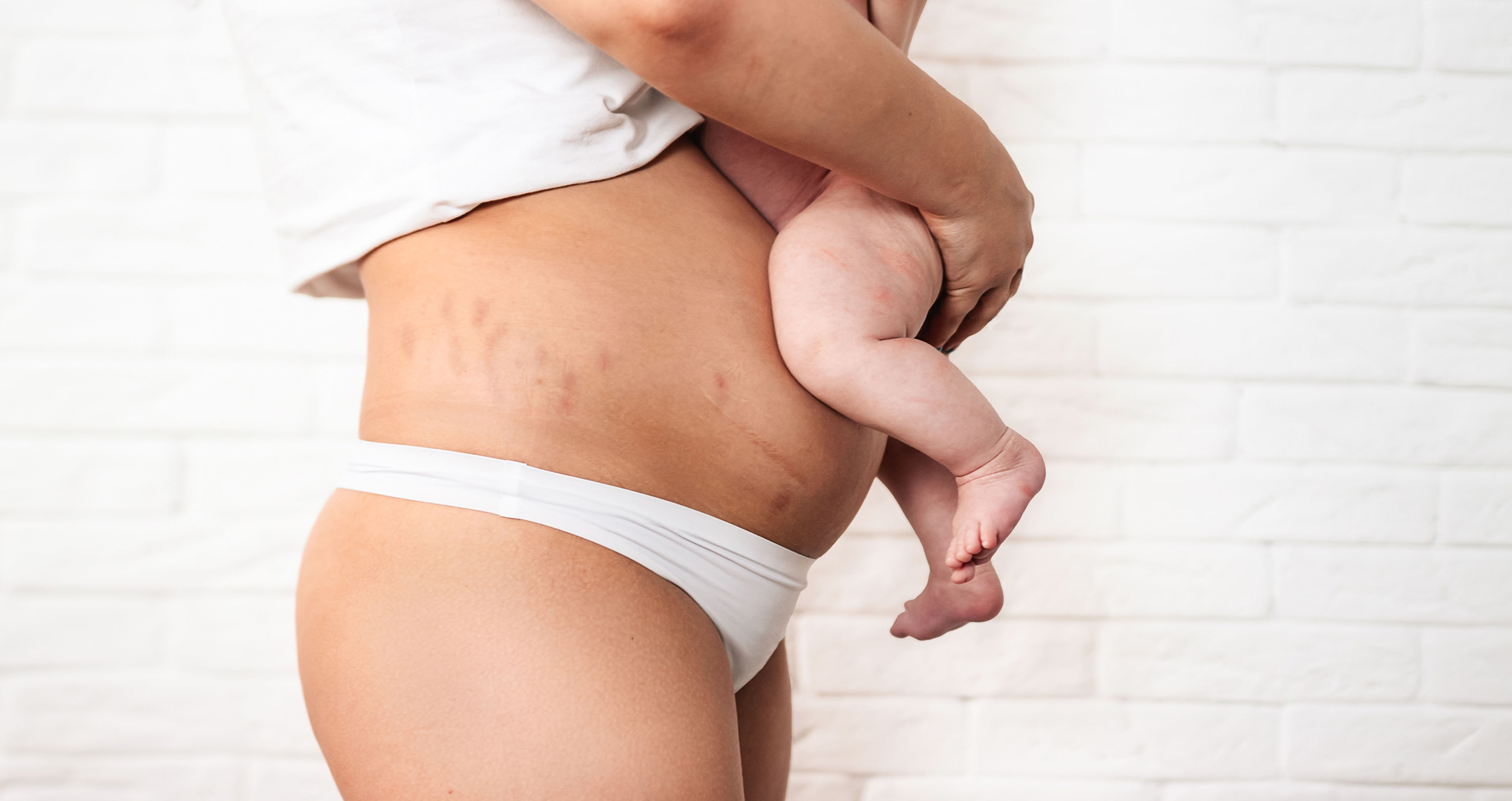After giving birth, have you noticed a heaviness around your lower stomach, a dragging discomfort inside your vagina, or discomfort during bowel movements or sex?
If so, you may be dealing with postpartum prolapse. 35% of women who have just given birth suffer from postpartum prolapse, so if you find yourself in this category — you are not alone.
Before we jump into the solutions for postpartum prolapse, our expert team at Moment of Truth Physical Therapy in Peoria, Arizona, will explain the different types of postpartum prolapse, bust some prolapse myths, and explain what factors can worsen prolapse.
Four Types of Postpartum Prolapse
Prolapse is ranked in four grades — grade one through grade four. You can read more about each grade in our blog post about prolapse during pregnancy. However, there are also four types of postpartum prolapse you can experience. Let’s dive into each type of prolapse below.
1. Uterine Prolapse
Uterine prolapse is common after having a baby. It’s normal for your uterus to expand as the baby grows, and it can take some time to shrink back to its normal size after giving birth.
2. Bladder Prolapse
Bladder prolapse occurs when your bladder is pushed somewhere during delivery, so after giving birth, it’s not in optimal alignment. For example, women with bladder prolapse may experience urine leakage when sneezing, coughing, or exerting themselves physically.
3. Rectocele Prolapse
Rectocele prolapse (also known as posterior vaginal prolapse) occurs when the tissue wall between the rectum and the vagina tears or weakens. This can cause the rectum to bulge into the vagina, which may cause discomfort while pooping, constipation, or incontinence.
4. Vault Prolapse
Vault prolapse describes when the top of the vagina collapses into the vaginal canal. With vault prolapse, you may feel discomfort inside your vagina or feel like you’re sitting on a small ball. You may also experience pain during sex or suffer from urinary incontinence.
Postpartum Prolapse: True or False?
Here are some “true and false” statements about prolapse to help you better understand the truth about prolapse from what you’ve heard in the past.
Constipation is the most common cause of prolapse.
True. Many people think that vaginal delivery or family history are the most common forms of prolapse, when the leading cause of chronic prolapse is constipation.
It’s common to become dehydrated from breastfeeding or medications which can lead to constipation during (or after) delivery. It’s vital to ensure your organs are in optimal alignment and that you stay well-hydrated and nourished after giving birth to prevent constipation and, in turn, postpartum prolapse.
Prolapse can only happen during vaginal birth.
False. While prolapse is more common during or after a vaginal delivery, it’s not impossible to prolapse after a C-section.
If you have an unplanned or emergency C-section, you will have already experienced contractions that can cause strain (and lead to prolapse). Even if you have a planned C-section, you can still suffer from prolapse from other causes, like coughing, constipation, etc.
Prolapse always requires surgery.
False. Prolapse, unless it’s severe, does not always require surgery. Often, prolapse will heal with pelvic floor physical therapy or simply on its own with time.
What Can Make Postpartum Prolapse Worse?
There are a few factors that can worsen postpartum prolapse:
- Constipation — You can make prolapse worse by placing additional pressure on your tissues and organs. Focus on eating nutritious foods, staying hydrated, and daily movement to ensure you have at least one regular bowel movement per day.
- Obesity —Any extra weight on your bladder, uterus, ovaries, and other organs can worsen prolapse. If you’re thinking about getting pregnant and wanting to reduce the chance (or severity) of potential prolapse, focus on maintaining a healthy weight.
- Coughing — Coughing can increase intraabdominal pressure, which adds force to the pelvic floor, often extending the length of the severity of the prolapse.
- Lifting —Lifting heavy objects, like other children or weights, can increase intraabdominal pressures (just like coughing). If you’re dealing with postpartum prolapse, try to avoid lifting heavy objects as much as possible to allow the prolapse to heal.
Solutions for Postpartum Prolapse
If you’re dealing with postpartum prolapse, we want to assure you that you have plenty of options besides surgery. These are some of the most effective ways to treat prolapse.
Pelvic Floor Physical Therapy
In North America, the most common treatment for prolapse is surgery or Kegels — and Kegels aren’t even that effective at treating prolapse anyway.
However, pelvic floor physical therapy is the standard treatment for prolapse in Europe. Several studies have shown that pelvic floor physical therapy is the number one most effective treatment for postpartum prolapse — and it’s something we can help you with!
Pessary
A pessary is a small block inserted into the vagina to support the uterus while it heals from prolapse. The best way to think of a pessary is a “spring loaded” tampon that gives your internal organs extra support while everything is healing and shrinking back to its normal size.
Hormone Treatments
Sometimes, a drop in estrogen levels can lead to tissue laxity, leading to postpartum prolapse. Hormone treatments (or balancing) to boost estrogen levels can heal and prevent prolapse.
Surgery
In severe cases of prolapse, surgical intervention may be a requirement of your postpartum healing journey. Stage four prolapse — when organs are visible outside the vaginal canal — is when surgery is most needed. However, if you have a minor prolapse, you can usually treat it with a nonsurgical alternative, like pelvic floor physical therapy.
How Can Moment of Truth Physical Therapy Help Heal My Postpartum Prolapse?
At Moment of Truth Physical Therapy, our team is trained to provide internal vaginal and internal rectal therapy to help you heal from postpartum prolapse. We perform a thorough pelvic floor examination to identify what is tight and can resolve these restrictions with manual therapy.
We don’t want you to feel scared about picking up your children, worry about leaking urine, or feel afraid to get back to the gym. Instead, we want to find the solution to heal your postpartum prolapse, so you can feel empowered to go back to doing all the things you love.
Book a free discovery session to get started on your postpartum prolapse healing journey!


0 comments